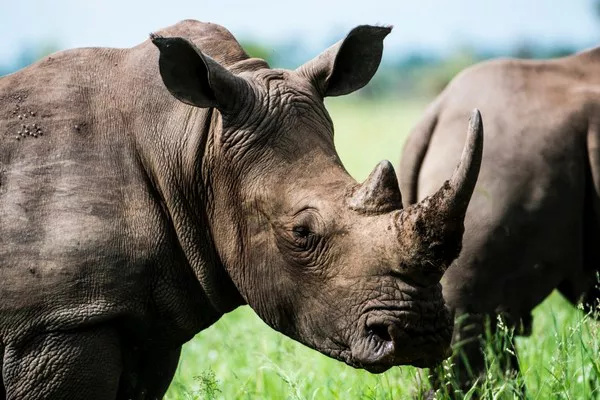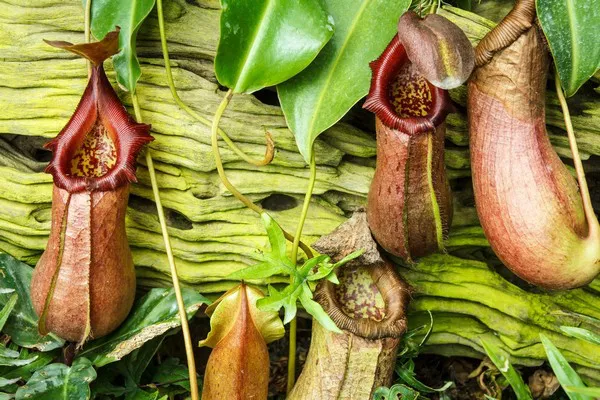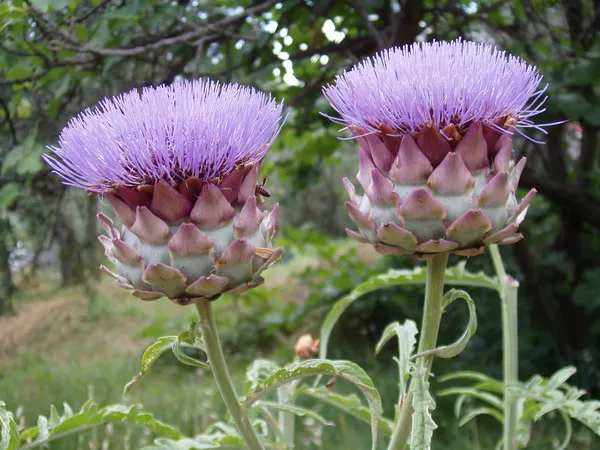In the delicate tapestry of Earth’s ecosystems, countless species contribute to the intricate balance of life. However, the alarming rise in habitat destruction, climate change, and human activities has pushed many species to the brink of extinction. In this exploration, we shine a spotlight on the 10 biggest endangered species, shedding light on their critical status and the urgent need for conservation efforts.
10 Biggest Endangered Species
1. Blue Whale (Balaenoptera musculus):
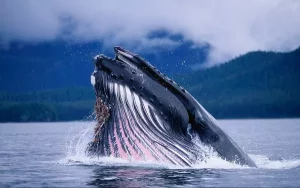
The blue whale, the largest animal on Earth, is facing a perilous decline in numbers. Threats such as ship strikes, climate change affecting their prey, and ocean noise pollution jeopardize the survival of these majestic creatures. Conservation initiatives focus on implementing shipping lane adjustments and advocating for sustainable fishing practices to mitigate these threats.
2. Asian Elephant (Elephas maximus):
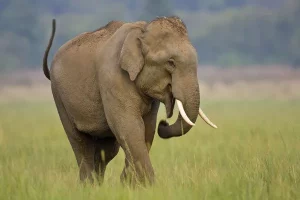
The Asian elephant, revered in cultural and religious contexts, is dwindling in numbers due to habitat loss, poaching, and human-elephant conflicts. Conservation efforts involve creating protected corridors, establishing human-elephant conflict mitigation strategies, and promoting responsible tourism to safeguard their habitats.
3. Amur Leopard (Panthera pardus orientalis):

The Amur leopard, one of the rarest big cats, faces a precarious situation with less than 100 individuals remaining in the wild. Poaching, habitat loss, and depletion of their prey contribute to their endangerment. Conservation endeavors focus on strengthening anti-poaching measures, habitat restoration, and community engagement in conservation activities.
4. Mountain Gorilla (Gorilla beringei beringei):
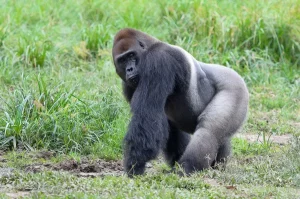
The mountain gorilla, inhabiting the dense forests of Central Africa, has faced threats from habitat destruction, poaching, and political instability. Conservation successes in the Virunga Massif and Bwindi Impenetrable National Park showcase the positive impact of community-based conservation efforts, anti-poaching measures, and sustainable tourism.
5. Javan Rhino (Rhinoceros sondaicus):
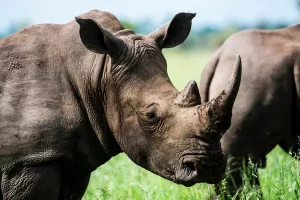
The Javan rhino, one of the rarest rhino species, is critically endangered with less than 80 individuals surviving in a single population. Habitat loss and the potential risk of disease outbreaks pose significant challenges. Conservation initiatives involve habitat protection, community involvement, and vigilant monitoring to ensure the survival of this unique rhino species.
6. Leatherback Sea Turtle (Dermochelys coriacea):
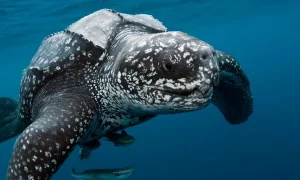
The leatherback sea turtle, known for its impressive size and long migratory journeys, faces threats from bycatch, climate change affecting nesting sites, and plastic pollution. Conservation endeavors aim to reduce bycatch through fisheries management, protect nesting habitats, and raise awareness about the impact of plastic pollution on marine life.
7. Sumatran Orangutan (Pongo abelii):
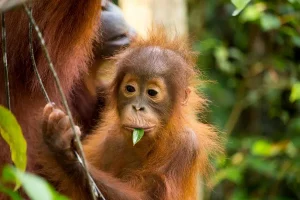
The Sumatran orangutan, found exclusively on the Indonesian island of Sumatra, confronts habitat loss due to logging, palm oil plantations, and illegal pet trade. Conservation efforts focus on reforestation, establishing protected areas, and working with local communities to promote sustainable practices that protect the orangutan’s habitat.
8. Vaquita (Phocoena sinus):
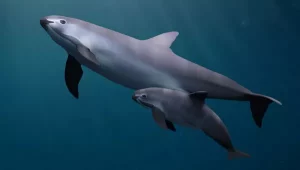
The vaquita, a small porpoise inhabiting the Gulf of California, faces imminent extinction due to bycatch in illegal gillnets used for fishing another endangered species, the totoaba fish. Conservation measures involve enforcement of gillnet bans, alternative fishing methods, and international collaboration to combat the illegal wildlife trade.
9. Cross River Gorilla (Gorilla gorilla diehli):
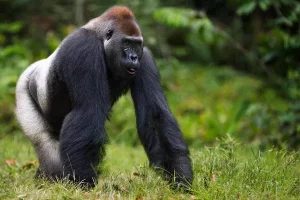
The Cross River gorilla, restricted to the border region between Nigeria and Cameroon, grapples with habitat fragmentation, hunting, and the impacts of infrastructure development. Conservation initiatives prioritize habitat connectivity, anti-poaching efforts, and community engagement to safeguard the survival of this distinct gorilla population.
10. Hawksbill Turtle (Eretmochelys imbricata):
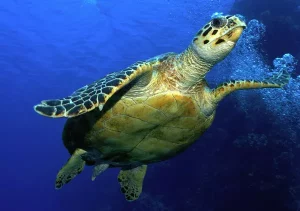
The hawksbill turtle, known for its striking shell patterns, faces threats from habitat loss, climate change affecting coral reefs, and illegal trade of their shells. Conservation strategies involve coral reef protection, community engagement in conservation, and international efforts to curb the illegal trade in hawksbill products.
The Urgency of Conservation Action:
The plight of these 10 endangered species is emblematic of the broader biodiversity crisis our planet faces. The loss of any species reverberates through ecosystems, disrupting the delicate balance that sustains life. Conservation efforts must address not only the immediate threats these species face but also the underlying issues of habitat destruction, climate change, and unsustainable human activities.
International Cooperation and Advocacy:
Addressing the challenges of endangered species requires global collaboration. International agreements, such as the Convention on International Trade in Endangered Species of Wild Fauna and Flora (CITES), play a crucial role in regulating the trade of endangered species and their parts. Advocacy for stronger environmental protection policies and sustainable practices is essential to creating a more secure future for these species.
The Role of Local Communities:
Engaging local communities in conservation initiatives is paramount. Sustainable development practices that benefit both people and wildlife, coupled with education on the importance of biodiversity, can foster a sense of stewardship. When local communities become guardians of their natural heritage, the chances of long-term conservation success significantly increase.
Individual Contributions to Conservation:
While large-scale conservation efforts are essential, individual actions also play a role. Supporting conservation organizations, making sustainable consumer choices, and advocating for policies that protect endangered species contribute to the collective effort to preserve biodiversity.
In conclusion, the fate of these 10 endangered species is intertwined with the choices humanity makes today. As stewards of the planet, it is our responsibility to act decisively and compassionately to ensure the survival of these magnificent creatures and, by extension, the health and resilience of our shared home, Earth.
You Might Be Interested In:

